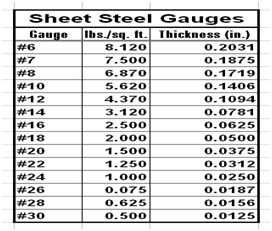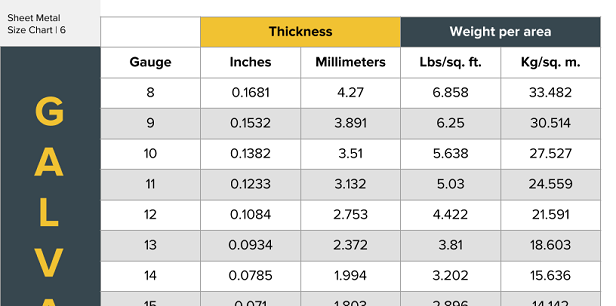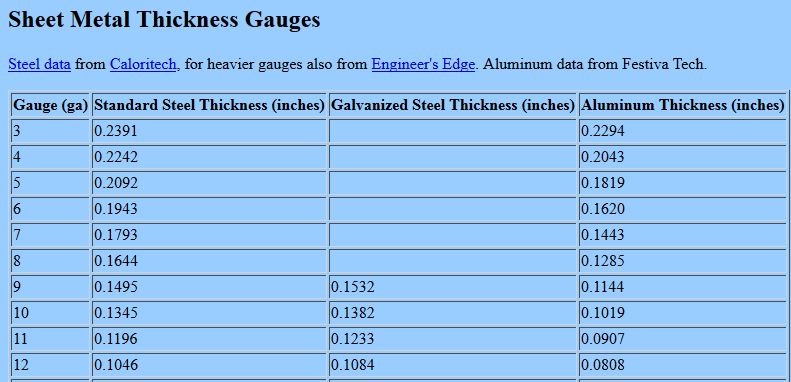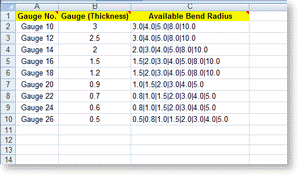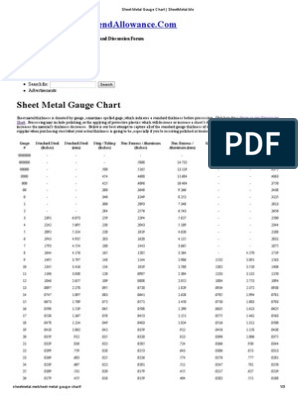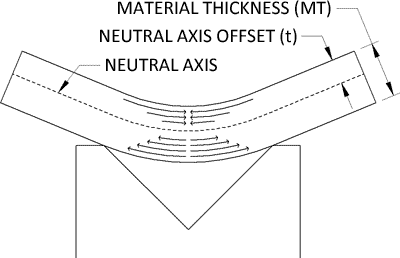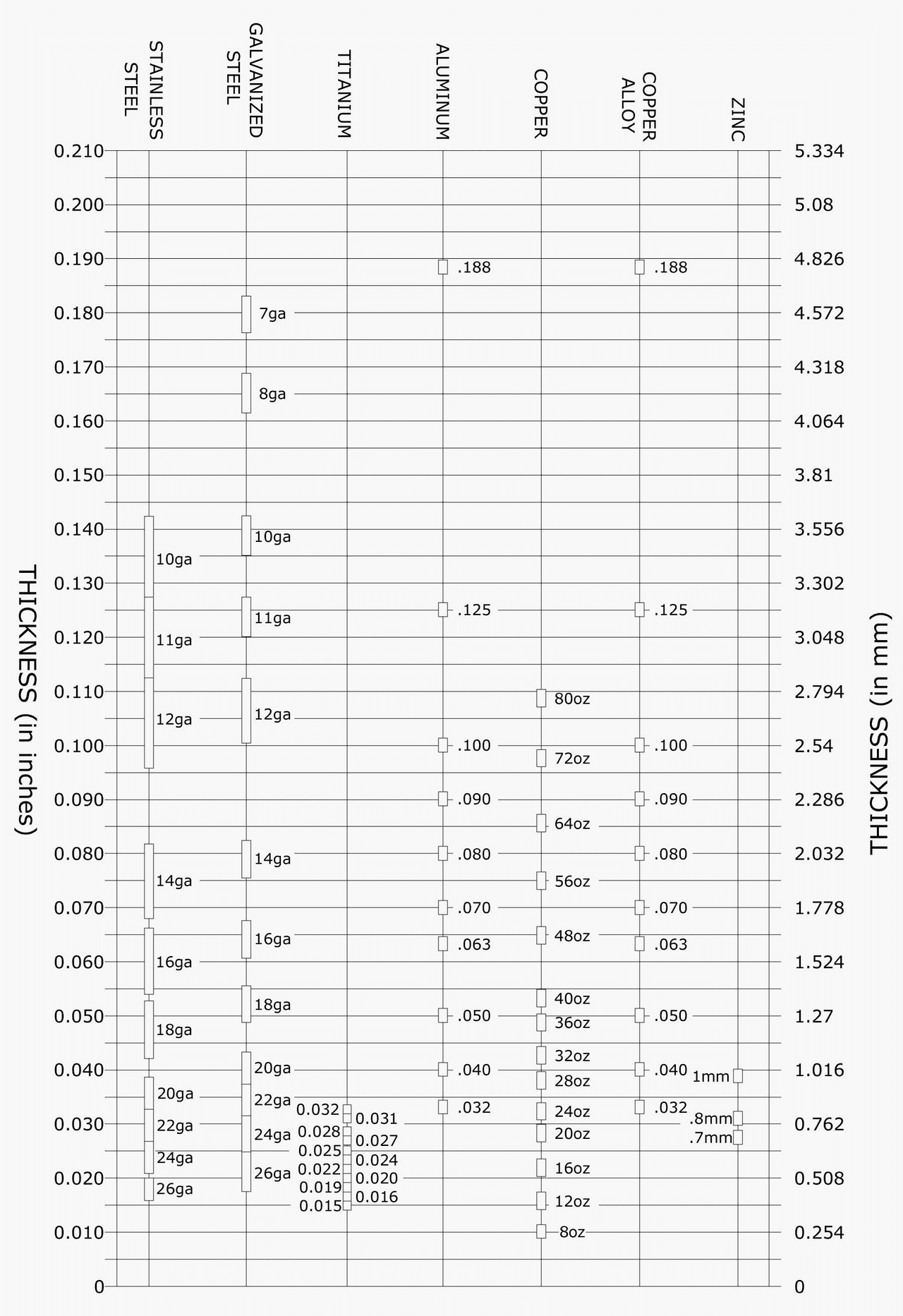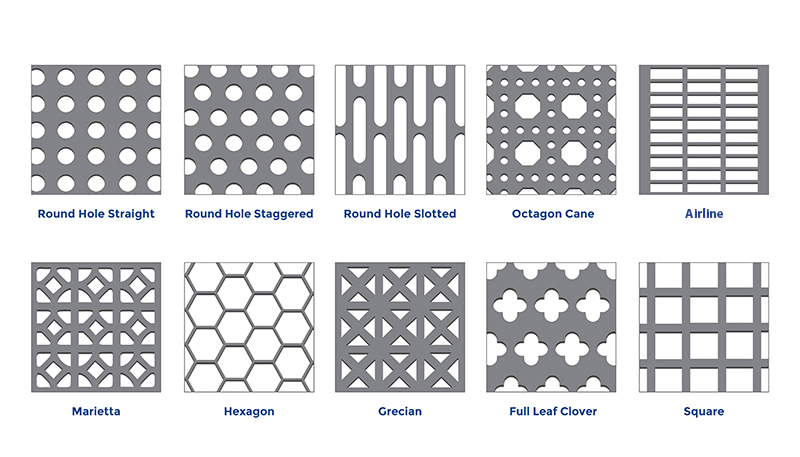Gauge Sheet Metal Definition

The manufacturers standard gage provides the thicknesses for standard steel galvanized steel and stainless steel.
Gauge sheet metal definition. Gauge or gage sizes are numbers that indicate the thickness of a piece of sheet metal with a higher number referring to a thinner sheet. 1 for sheet metal a retrogressive scale higher numbers mean lower thickness that starts with 10 gauge representing a thickness of 3 416 millimeters or 0 1345 inches. As the gauge number increases the material thickness decreases. Usually a bigger number means there s more of something but 18 gauge steel is thinner than 16ga not thicker.
Commonly used steel sheet metal ranges from 30 gauge to about 7 gauge. Monroe nor any of its employees shall be held liable for any improper or incorrect use of the information described and or contained herein and assumes no responsibility for anyone s use of the information. In the u s the thickness of sheet metal is commonly specified by a traditional non linear measure known as its gauge. This is known as the manufacturers standard gage for sheet steel.
As the gauge number increases the thickness drops by 10 percent. A sheet metal gauge sometimes spelled gage indicates the standard thickness of sheet metal for a specific material. Gague are used to specify the thickness of a metal sheet. The larger the gauge number the thinner the metal.
Gauge is a dimensionless number sometimes spelled gage and confusingly it works backwards. Gague ga is a length measurement unit for diameters originating in north america and belongs to the browne sharpe metering system. The equivalent thicknesses differ for each gauge size standard which were developed based on the weight of the sheet for a given material. Unit of thickness of a metal sheet or wire.
When working with sheet metal the term gauge is often used. Sheet metal is specified in gauge so rather than design in fractions of an inch you should really be specifying ga on part prints.



